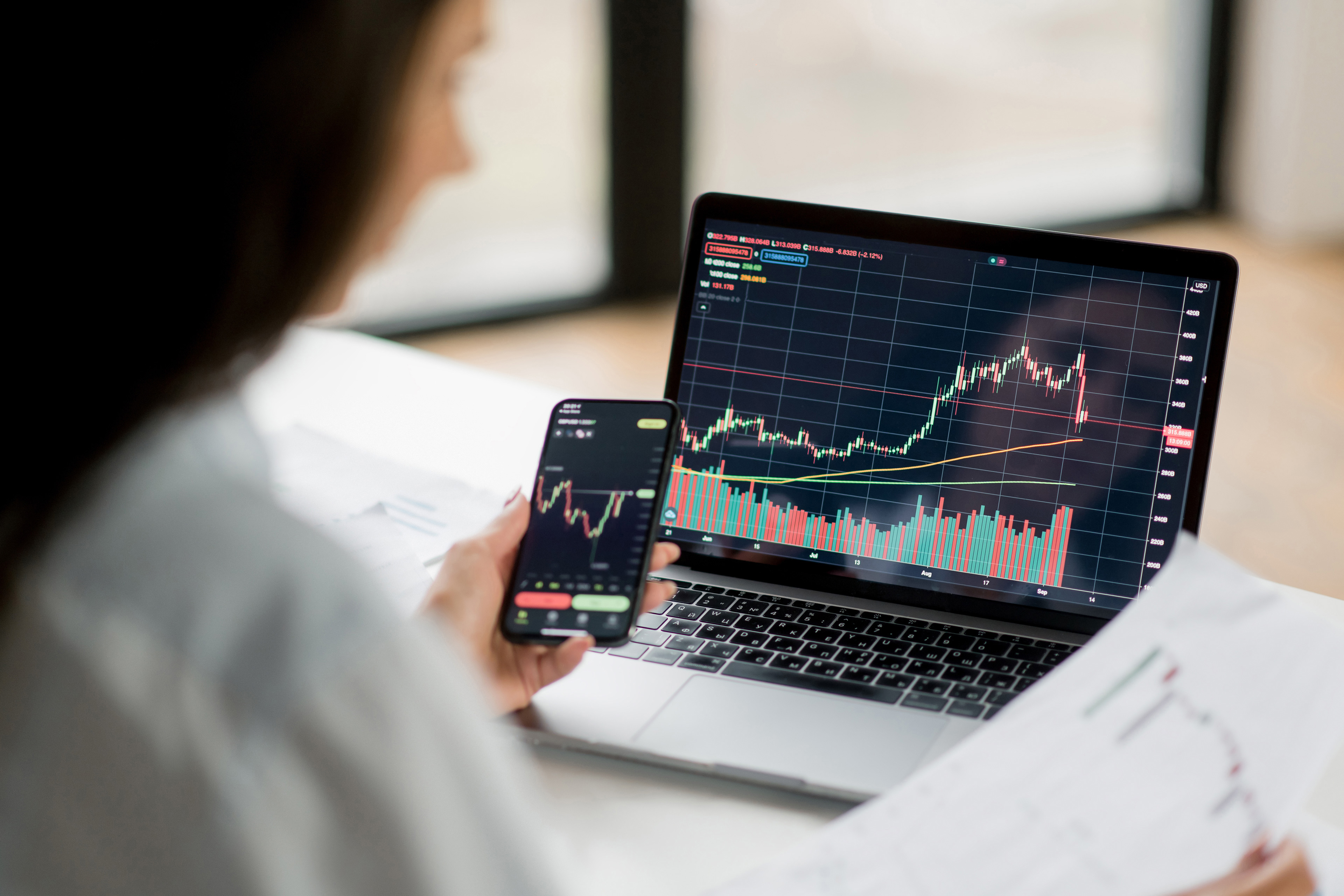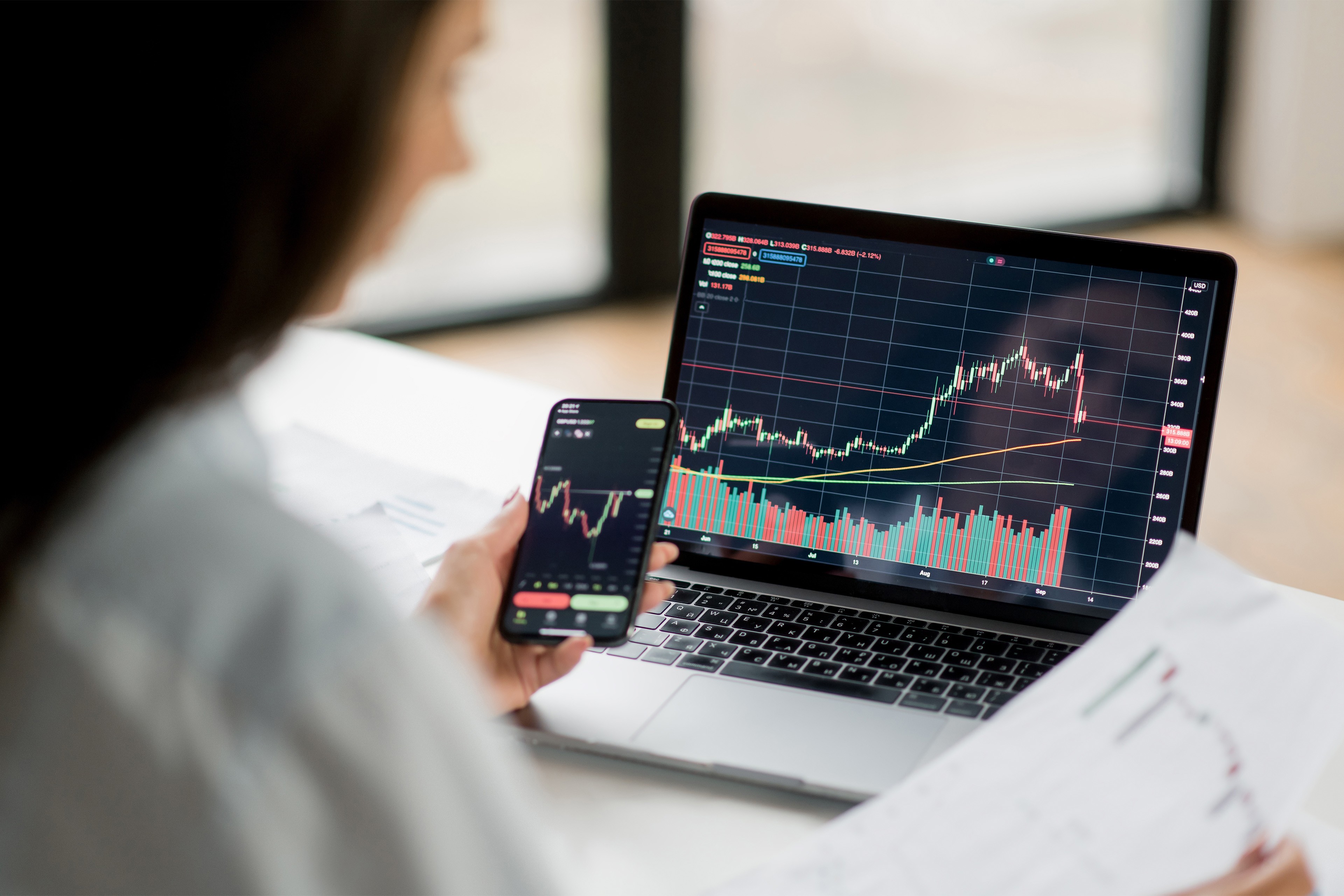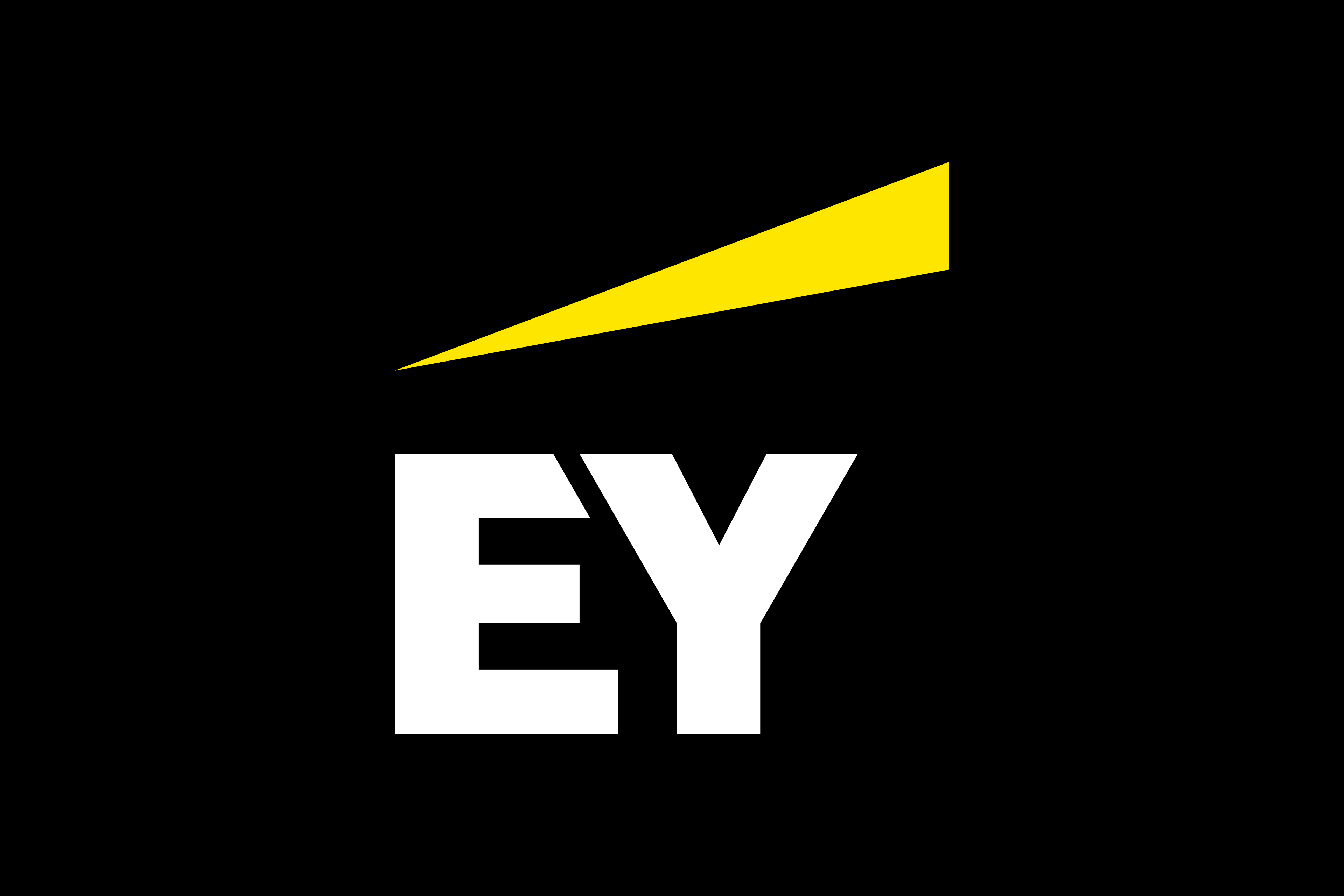EY refers to the global organization, and may refer to one or more, of the member firms of Ernst & Young Global Limited, each of which is a separate legal entity. Ernst & Young Global Limited, a UK company limited by guarantee, does not provide services to clients.
Subdued Q3 for the UK stock market, as IPO activity remains challenged by macroeconomic headwinds
- UK IPO activity in Q3 2022 on the main market and AIM saw a 76% decrease in deal numbers and 86% fall in proceeds compared to Q3 2021
- Global IPO activity was also significantly lower in Q3 2022, with a year-on-year 41% decrease in deal numbers and 56% decline in proceeds
- Inflationary pressures, rising interest rates and continued geopolitical uncertainty are expected to continue for the remainder of 2022
- However, a healthy pipeline of IPOs means listing activity is expected to rebound in 2023 once inflationary pressures ease
LONDON, WEDNESDAY 5TH OCTOBER 2022: The London Stock Exchange experienced a quiet Q3 2022, with £565.5m raised by just eight issuers, seven times less than the record £4bn raised from 33 IPOs in Q3 2021.
Of the eight IPOs in Q3, six were on the main market, raising £554.5m, while the Alternative Investment Market (AIM) saw two admissions raising £11.0m. The largest main market IPO in Q3 was Ming Yang Smart Energy Group Ltd which raised £548.3m, while the largest AIM admission was Aurrigo International plc which raised £8m.
Listing activity during the third quarter of 2022 is in stark contrast to the same period in 2021 when there were 14 IPOs on the main market, raising £2.9b, and 19 on AIM, which raised £1.1bn.
Scott McCubbin, EY UKI IPO Leader comments: “The London IPO market has experienced a challenging 2022. Ongoing geopolitical tensions and economic instability, compounded by inflationary pressures, have meant many businesses have delayed their IPO plans until they believe inflation has peaked and stability returns to the market.
“While the overall IPO outlook for the remainder of 2022 remains subdued, companies who may have paused their IPO are now re-evaluating those plans to ensure they can adapt to the new macroeconomic landscape and are ready for the recovery in 2023.
Scott added: “There’s still a healthy pipeline of IPOs and, with the fundamentals remaining strong, we are seeing IPO preparation levels starting to increase. We expect listing activity to rebound in 2023 once inflationary headwinds ease, and companies have the stability and predictability required to realise their long-term growth plans.”
Global IPO activity continued to decline in Q3 2022
The Global IPO markets reported 992 IPOs for the year-to-date (YTD), raising US$146bn in total. This is 44% lower in terms of the number of IPOs and a 57% decline in terms of proceeds compared to the same period in 2021. For Q3 the trend was similar, with the 355 IPOs (proceeds of US$50.6bn) 41% down by number and 56% down by proceeds compared to Q3 2021.
The technology sector continued to lead by number of IPOs for 2022 so far, although the average deal size reduced from US$261m to US$123m compared to the equivalent period in 2021. The energy sector lead on deals measured by proceeds, which increased 176%, driven largely by three of the global top five deals in the YTD. Meanwhile, the consumer products sector witnessed a 69% fall in average deal size.
Asia-Pacific accounts for majority of global IPOs
Asia-Pacific accounted for 61% and 69% of all global IPO by number and proceeds respectively in Q3 2022, with five of the top 10 IPOs coming from this region. Asia-Pacific has been less affected than the rest of the world by inflationary pressures, although the region is still behind its 2021 performance, with YTD IPOs 25% down by deal numbers and 22% down by deal size. By contrast, the Americas exchanges saw the most notable decline, recording only 116 deals and raising US$7.5bn YTD, a decrease of 94% in proceeds and 72% in volume year-on-year.
Debbie O’Hanlon, EY UKI Private Leader, concluded: “The Global IPO outlook remains difficult in the short-term, with uncertainty caused by geopolitical and macroeconomic factors leading to volatility in the global markets. As a result, investors have changed focus from high growth/high risk technology companies to those with a more stable base of profitability and growth.
“There are some green shoots, with the landmark IPO of Porsche showing that there remains a market appetite for the right asset, and the Asia-Pacific market holding up better than the rest of the world. However, this positivity is unfortunately in short supply, with the remainder of the year dominated by the inflationary pressures driving global economic policy and the resultant uncertainty continuing to depress activity.”
Related news
Subdued Q3 for the UK stock market, as IPO activity remains challenged by macroeconomic headwinds
The London Stock Exchange experienced a quiet Q3 2022, with £565.5m raised by just eight issuers
London stock markets saw just five IPOs in Q1 amid geopolitical and inflationary headwinds
UK IPO proceeds in Q1 2023 were 80% lower than the equivalent period in 2022, and some 99% lower than the record levels experienced in Q1 2021.
EY strengthens UK Strategy and Transactions practice with new appointments
Silvia Rindone announced as new UK&I Managing Partner for Strategy and Transactions
Subdued H1 2023 for London stock market as IPO activity continues to face challenges
Subdued H1 2023 for the London stock market as IPO activity continues to face challenges
EY-Parthenon report reveals Q1 2023 profit warnings from UK-listed companies rose year on year
EY-Parthenon announces new Strategy leader and Partner appointments
EY-Parthenon announces James Nicholson as new Strategy Leader
EY expands Corporate Finance practice with five Partner appointments
EY appoints new Partners to Corporate Finance team
Profit warnings from UK-listed companies with a DB pension scheme increased 22% in 2022
Profit Warnings from UK-listed companies with a DB scheme increased 22% in 2022
EY-Parthenon announces new Transaction Strategy & Execution Leader
EY announces the appointment of Mike Parr as it’s new Transaction Strategy & Executive (TS&E) Leader in the UK and Ireland
EY comments on UK M&A activity for July – September 2022 published by the ONS
Commentary on UK M&A activity for July to September 2022 by EY
EY strengthens South West Transaction team with new appointments
EY has appointed Marcus Graham as its first dedicated Transaction Diligence Partner for the South West














